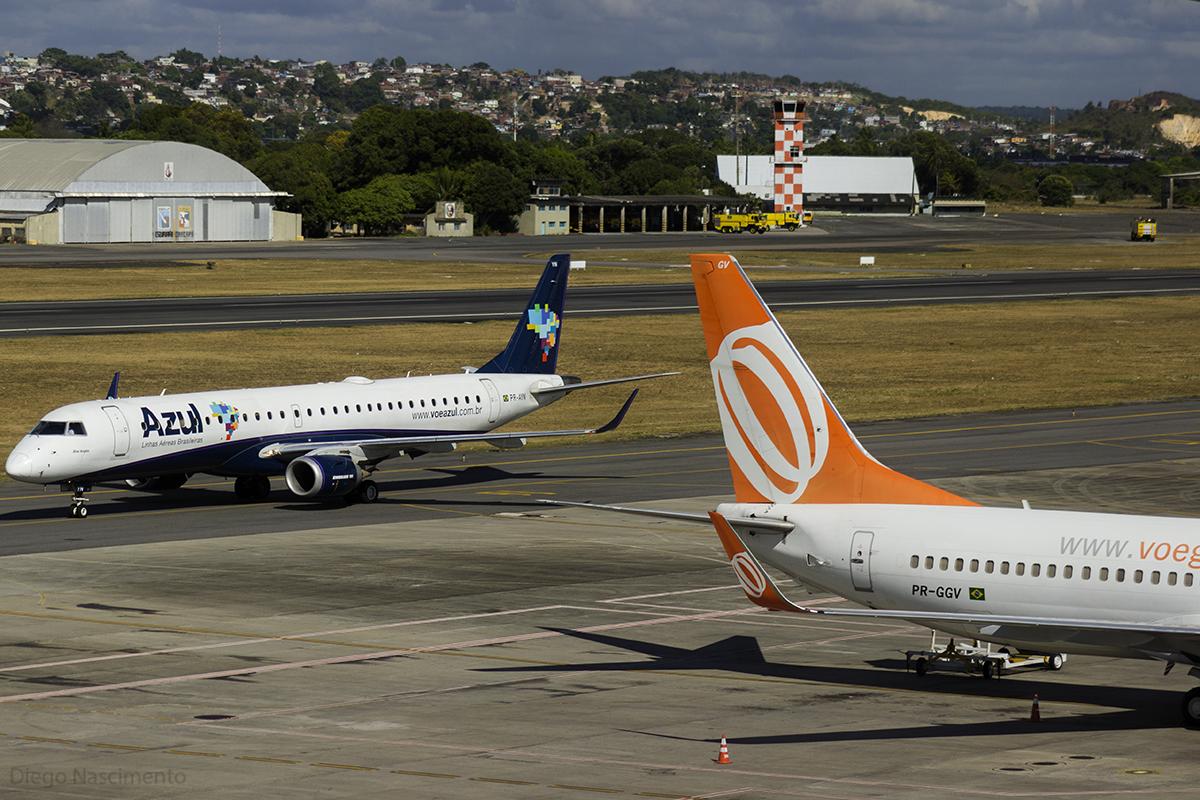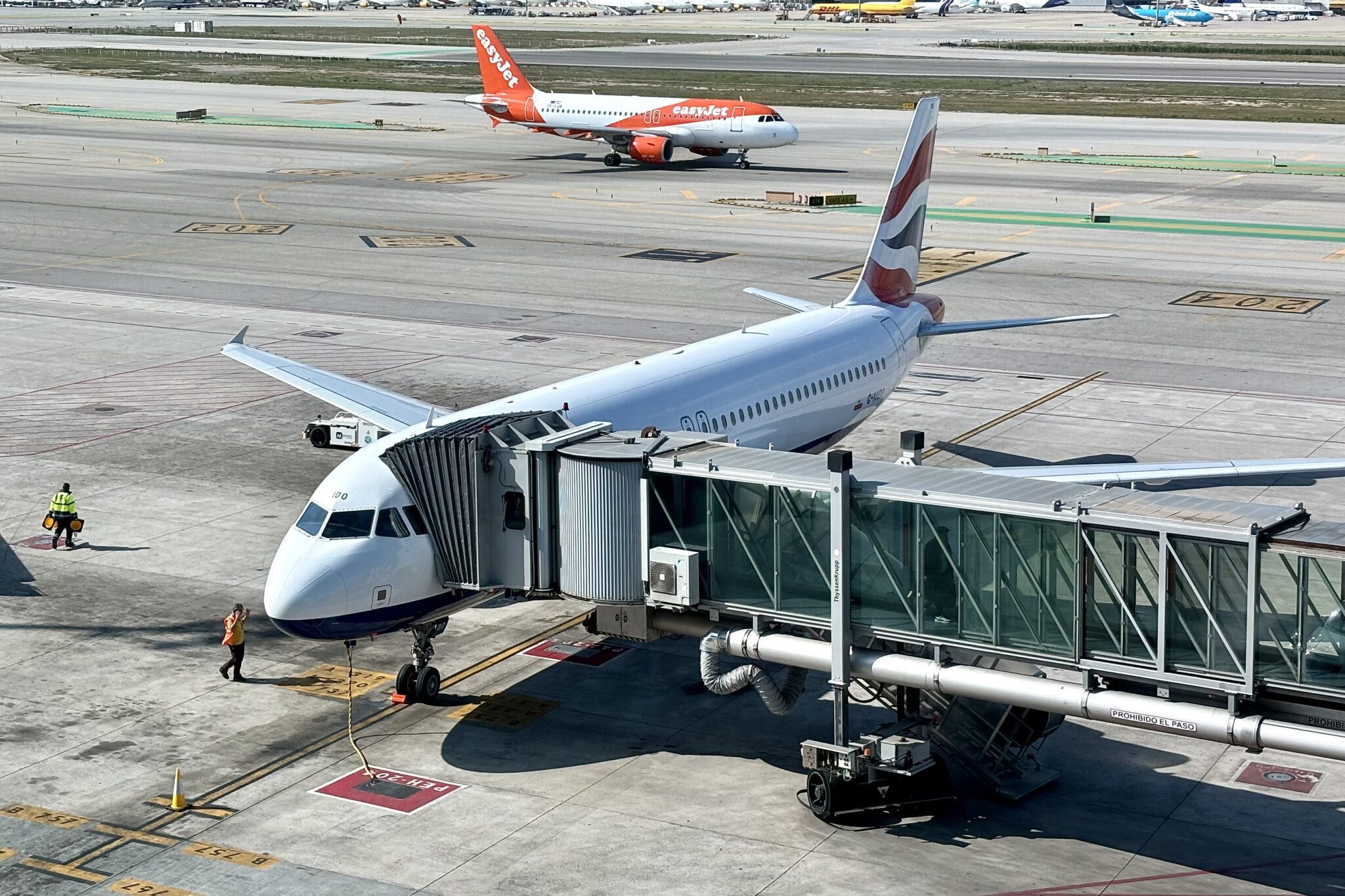Gol was Brazil’s largest airline three years ago, dominating key markets like the busy business-heavy route between Rio de Janeiro and São Paulo. The pandemic changed that.
Competitors Azul and Latam Airlines Group have come back faster from the crisis and leaped ahead of Gol. The airline’s Brazilian capacity was only back to 82 percent of 2019 levels in September, compared to 109 percent at Azul and 104 percent at Latam, Diio by Cirium schedules show. Azul’s growth has been driven by its extensive network in Brazil — the largest in terms of domestic destinations — and efficient connecting hubs in Belo Horizonte, Campinas, and Recife, while Latam’s recovery and expansion was spurred after a failed hostile takeover of its Brazilian business by Azul last year.
Speaking sidelines of the ALTA Leaders Forum in Buenos Aires earlier in October, Gol CEO Celso Ferrer attributed this slower recovery to the lag in business demand, which meant the airline has not resumed its schedule depth in corporate-heavy markets. Corporate demand is still at 60-70 percent of 2019 levels led, as in other regions, by small- and medium-sized businesses, he said. But that is about to change.
“During the winter, we are bringing back the whole Congonhas, Guarulhos, Santos Dumont, Brasilia network,” Ferrer said. “This is a good news, and we are expecting the business demand to come back in the fourth quarter — to normalize.”
Congonhas and Guarulhos airports serve São Paulo, and Santos Dumont Rio.
Brazil is Latin America’s largest aviation market with more than 119 million passengers in 2019, data from the Brazilian civil aviation authority, ANAC, shows. While air travel — like everywhere — took a serious blow during the pandemic, domestic passenger traffic had recovered to nearly 99 percent of three years earlier in August, according to ANAC’s latest data. International traffic to and from Brazil was still down a quarter during the month.
“Demand is very strong right now in Brazil,” Azul CEO John Rodgerson said at the forum. “The strongest we’ve seen in our history.”
With Azul’s capacity and passenger traffic already recovered from the pandemic, the airline will focus its growth on expanding its depth in Brazil, and adding seats with the addition of new, larger Airbus A320neos and Embraer E195-E2s. “Brazil is the focus,” Rodgerson said.
Asked about Azul’s long discussed potential joint venture with United Airlines, he said the carriers were still “discussing” the pact. But added that, given the importance of Florida — a popular destination for Brazilians in the U.S., and a market where United is weak — to Azul, the airline saw benefits from having multiple U.S. partners rather than one, for example its codeshare with Florida-strong JetBlue Airways.
With Latam’s Brazilian network recovered, South America’s largest airline has shifted gears to bringing back international flying. The carrier will resume flights between Santiago, Chile, and Florianopolis on December 4, and thrice-weekly flights between Guarulhos and Johannesburg next July. Latam will start new service between Santiago and Curitiba on November 1.
Latam is also in the process of implementing an immunized joint venture with Delta Air Lines. The pact will allow the two airlines to coordinate commercial activities between Brazil, as well as select other South American countries, and the U.S. The carriers have promised to add at least nine new routes in the market under the partnership. Latam CEO Roberto Alvo, when asked at the forum, declined to comment on when the joint venture will launch; U.S. authorities gave it final approval in September.
“We are at a period of strong recovery of [the] industry,” Alvo said, adding that he does not expect the same ups and downs as airlines experienced this year and in 2021. Latam, in a separate statement, said that Brazilian corporate demand had recovered to 80 percent of 2019 levels in August; at least 10 points higher than what Ferrer said Gol is seeing.
Executives at neither Azul, Gol, or Latam expressed many concerns about macroeconomic headwinds. All spoke of robust travel demand through at least the end of the year. Rodgerson said that oil prices would likely drop if the globe slips into a recession, which would ease cost pressures on the airline.
Gol is not only recovering its domestic heft. The airline plans to add flights between more secondary Brazilian cities and Miami under its partnership with American Airlines. “We see Gol being, let’s say, the more point-to-point [airline] to Florida, whereas Americans is flying through our hubs, and feed our hubs,” Ferrer said. He declined to name potential new Brazilian gateways beyond the three Gol already flies: Brasilia, Fortaleza, and Manaus.
The Brazilian airline will also launch a new coordinated air shuttle on the Buenos Aires-São Paulo route with Aerolineas Argentinas on November 1. Ferrer said the pact could expand to other routes between the two countries, including between Buenos Aires and Rio de Janeiro, or Mendoza and São Paulo.
Gol used the pandemic to slim down its operations by cutting costs and renewing its fleet. The airline will have 40 new Boeing 737 Max aircraft in service at the end of the year, and is moving towards reducing its unit costs excluding fuel below 2019 levels. The metric was up 24 percent year-over-three years in the second quarter. Ferrer said unit costs excluding fuel will come down as aircraft utilization returns to its pre-pandemic level of around 12 hours a day.





